Iceland’s landscapes and unique culture are very fascinating. However, there is so
much more to this island nation than what meets the eye.
Locals who have seen the tides of tourism in their country would want to share some crucial insights that will help you experience Iceland like a native. These tips transform your journey from a typical tourist experience into an authentic adventure respecting the land and traditions.
Weather Changes Fast
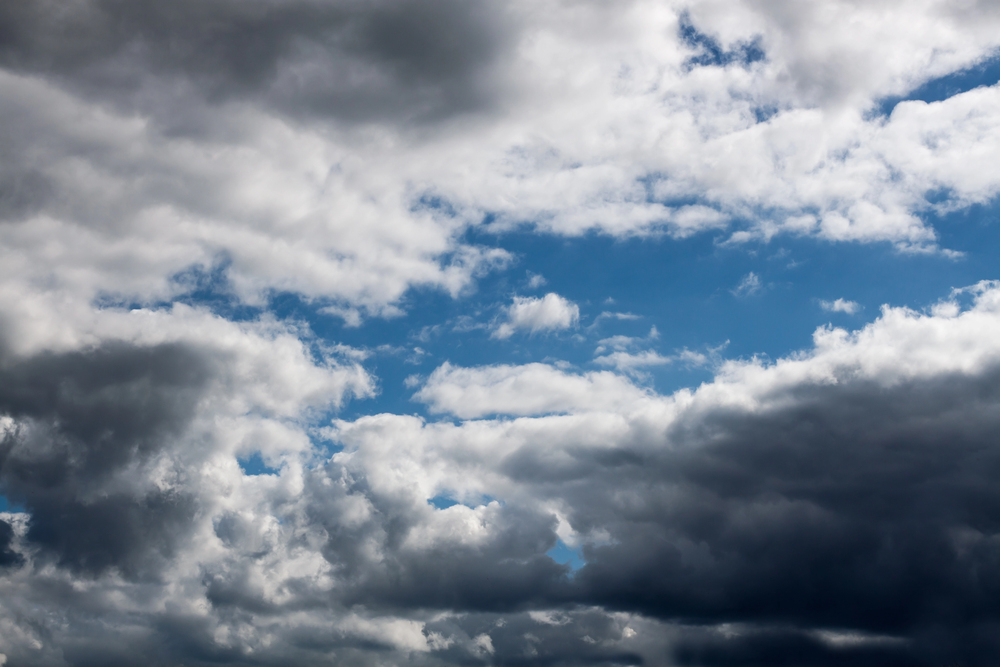
The local saying ‘If you don’t like the weather, wait five minutes’ isn’t just clever
wordplay – it’s a daily reality here in Iceland. You can experience sunshine, rain,
snow, and wind within a single hour, even during summer.
Pack layers and waterproof gear regardless of your travel season, as being prepared for rapid weather shifts will make your experience more enjoyable. A good rule of thumb is to always carry a waterproof jacket and warm layer, even on seemingly clear days.
Northern Lights Planning
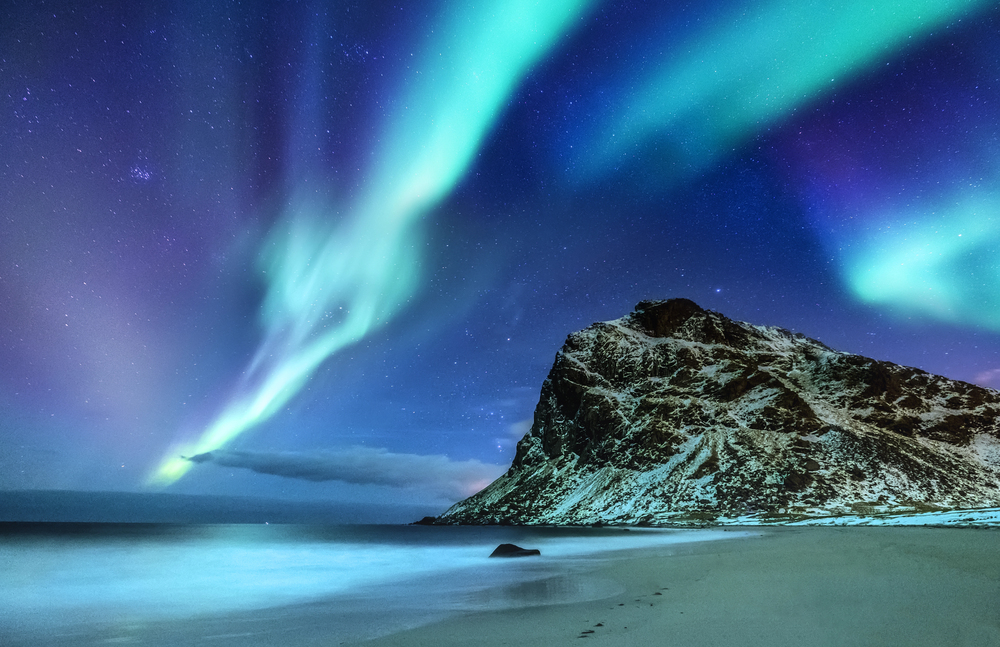
While the aurora borealis is breathtaking, viewing it successfully requires more
strategy than simply looking up at night. The best viewing occurs between
September and March, away from city lights, and requires clear, dark skies.
Local weather apps like Veður provide aurora forecasts far more accurately than general
weather services. Consider booking accommodations with Aurora wake-up calls
during peak viewing seasons.
Like Travel Pug’s content? Follow us on MSN.
Hot Spring Etiquette
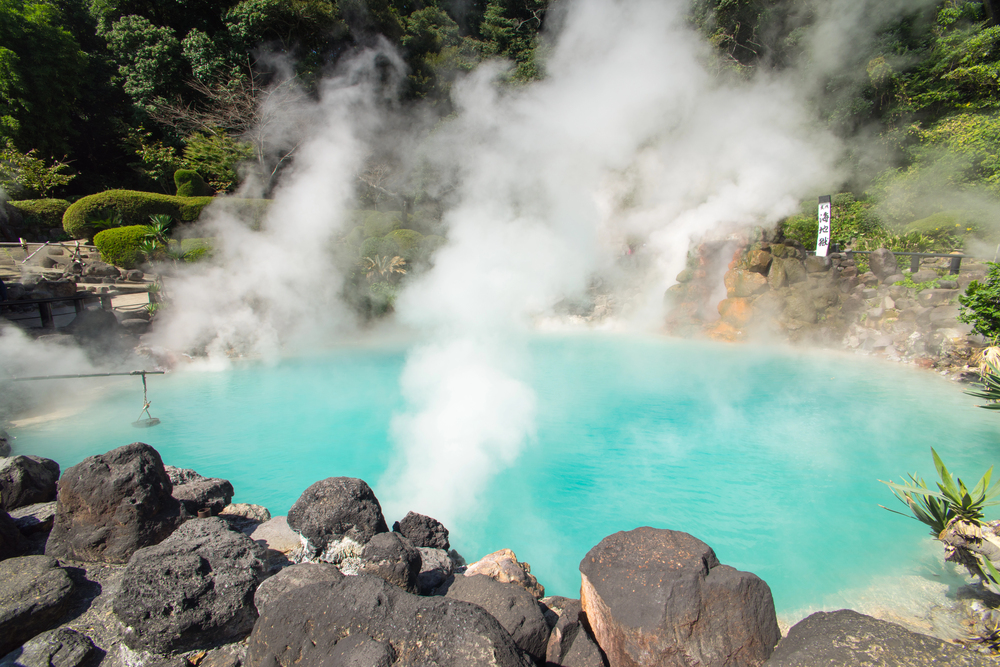
Our geothermal pools are more than tourist attractions – they’re an integral part of
our social culture. Always shower thoroughly without a swimsuit before entering any
pool, as this is non-negotiable in maintaining water quality.
Skip the Blue Lagoon on your first day when jet-lagged, and consider visiting lesser-known local pools for a more authentic experience. Many locals visit pools several times a week, making them perfect spots for cultural immersion.
Food Costs Reality

Grocery prices in Iceland can cause serious sticker shock, as most items are
imported across vast distances. Budget-conscious travelers should know that local
fish markets often offer better prices than restaurants and traditional foods like
hangikjöt (smoked lamb) can be reasonably priced in local supermarkets.
For the best deals, shop at budget supermarkets like Bónus or Krónan rather than
convenience stores.
Winter Driving Skills

The winter roads demand respect and experience, especially outside Reykjavík.
From October to April, weather conditions can change dramatically within miles, and
many Highland roads close completely.
Rent a 4×4 vehicle to explore beyond the capital region, and always check the road.is before any journey. Consider downloading offline maps, as cellular service can be spotty in remote areas.
Like Travel Pug’s content? Follow us on MSN.
Language Navigation

While most Icelanders speak excellent English, learning a few basic phrases shows
respect for their culture. Simple words like ‘takk’ (thank you) and ‘góðan daginn’
(good day) go a long way in daily interactions.
Don’t attempt to pronounce place names like Eyjafjallajökull unless you’re ready for some friendly laughter. Learning to pronounce ‘Já’ (yes) and ‘Nei’ (no) can be useful in daily conversations.
Timing Your Visit

Summer’s midnight sun offers endless sightseeing hours but brings peak crowds and
prices. Consider visiting during the shoulder seasons of May or September, when
you’ll find a sweet spot of decent weather, fewer tourists, and lower costs.
The light during these months creates spectacular photo opportunities. Winter visits can be equally rewarding, offering unique experiences like ice cave tours and northern lights viewing.
Tipping Culture Truth

Unlike in America, tipping isn’t part of our service culture and can create awkward
situations. Service charges are included in your bill, and workers receive living
wages.
If you still want to show appreciation, a simple ‘takk fyrir’ (thank you) is more culturally appropriate than leaving extra money. Some tourist-heavy establishments have begun accepting tips, but it’s still not expected or necessary.
Like Travel Pug’s content? Follow us on MSN.
Local Transportation Tips

Reykjavík’s public buses might seem expensive at first glance, but the Strætó app
offers significant savings on fares. Car rentals provide the most flexibility outside the
capital, but organized tours can be more cost-effective for solo travelers exploring
multiple sites in the South.
The local ride-sharing culture is also growing, with Facebook groups dedicated to connecting travelers heading in the same direction.
Cultural Sensitivities

Removing shoes before entering homes isn’t just polite – it’s expected. Our nature
spots aren’t Instagram stages; respect the environment by staying on marked paths.
The tourism boom has made some locals weary of visitors, so demonstrating cultural
awareness goes a long way in fostering positive interactions.
Understanding and respecting our strong connection to nature will help you better appreciate why we protect our landscapes.
Hidden Gem Locations
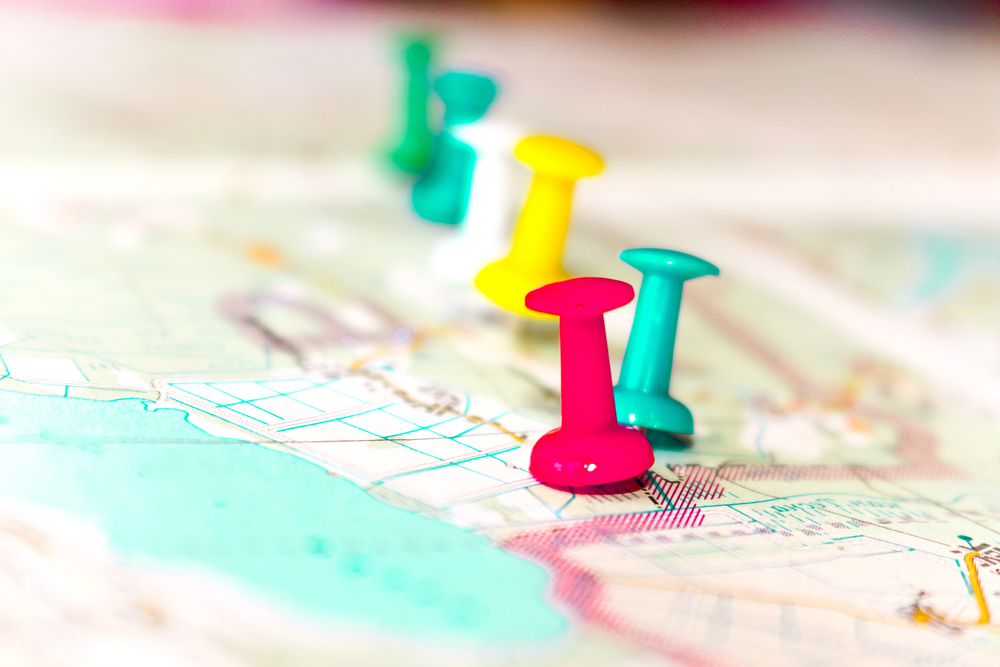
While the Golden Circle draws crowds, equally stunning locations like the Westfjords
remain relatively untouched. The Snaefellsnes Peninsula offers a ‘mini Iceland’
experience with fewer tourists, and the East Fjords provide dramatic landscapes that
most visitors never see.
Local favorite spots like the Raufarhólshellir lava tunnel offer unique experiences without the overwhelming crowds of more famous sites.
Like Travel Pug’s content? Follow us on MSN.
Accommodation Insights

Booking accommodations months in advance is not only advisable but crucial,
especially during summer. Some farm stays and guesthouses offer authentic
experiences.
While camping is permitted only in designated areas, many assume it can be done anywhere in nature. Remote accommodations offer experiences, including sleeping in converted sheep barns or turf houses.
Swimming Pool Culture
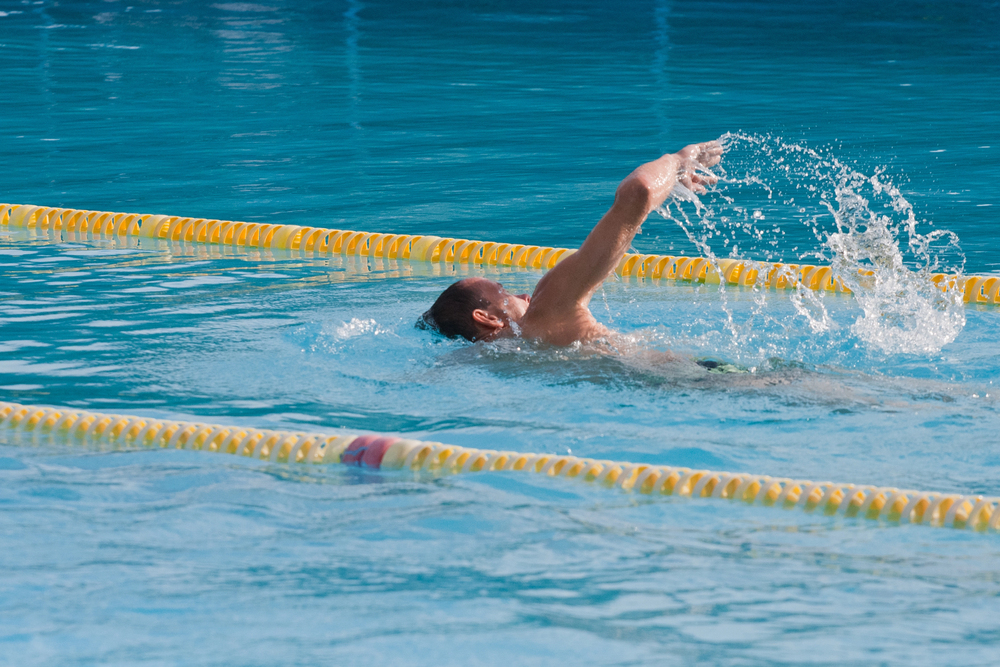
Local swimming pools are at the heart of community life, offering hot pots in varying
temperatures and a social atmosphere. These are much less expensive than tourist-
focused thermal spas and offer a more authentic glimpse into Icelandic daily life.
The pools serve as our version of coffee shops – places where locals gather to discuss
everything from politics to the weather.
Wildlife Watching Rules
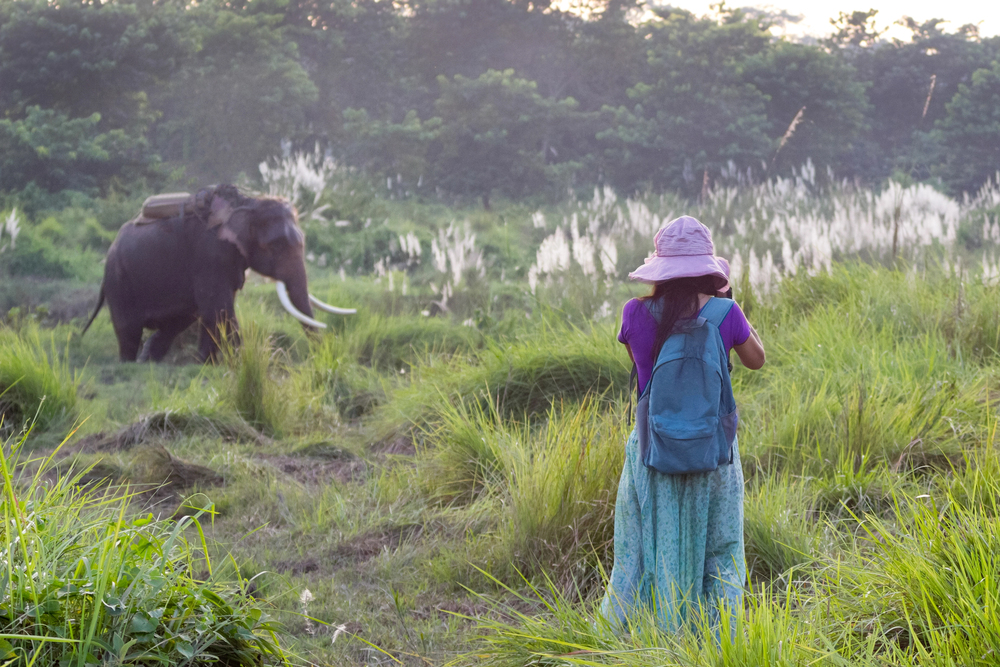
While our puffins and whales bring nature lovers to our doorstep, responsible
viewing practices are necessary. Keep safe distances from animals, do not feed
wildlife, and book tours with certified operators prioritizing animal welfare over perfect photo opportunities.
Our Arctic foxes and reindeer are wild animals that deserve respect and space.
Like Travel Pug’s content? Follow us on MSN.
Payment Practicalities

Cash is seldom needed, as card payments are universal, even for small purchases
at remote locations. However, having a backup card is always a good idea because
not all automated gas stations take cards with PINs or foreign credit cards.
Mobile payment options such as Apple Pay and Google Pay are becoming increasingly
prevalent nationwide.
Making Memories Last Forever

Your trip to Iceland will leave its mark on your heart as you positively influence the
lands and communities. Take your time to embrace the unexpected, respect
traditions, and create connections with locals, who can shape your visit from a
common vacation to an adventure you will never forget.
More from Travel Pug

- 15 Dangerous European Cities to Avoid
- 15 Caribbean Islands Where Tourists Keep Getting Scammed
- The 20 Most Fascinating Abandoned Places: A Journey Through Time and Forgotten Spaces
- 15 Hidden Places in the Smithsonian Museums Locals Love: A Guide to Lesser-Known Treasures
- 16 Hidden Florida Beach Towns That Aren’t Overrun with Tourists
Like Travel Pug’s content? Follow us on MSN.
